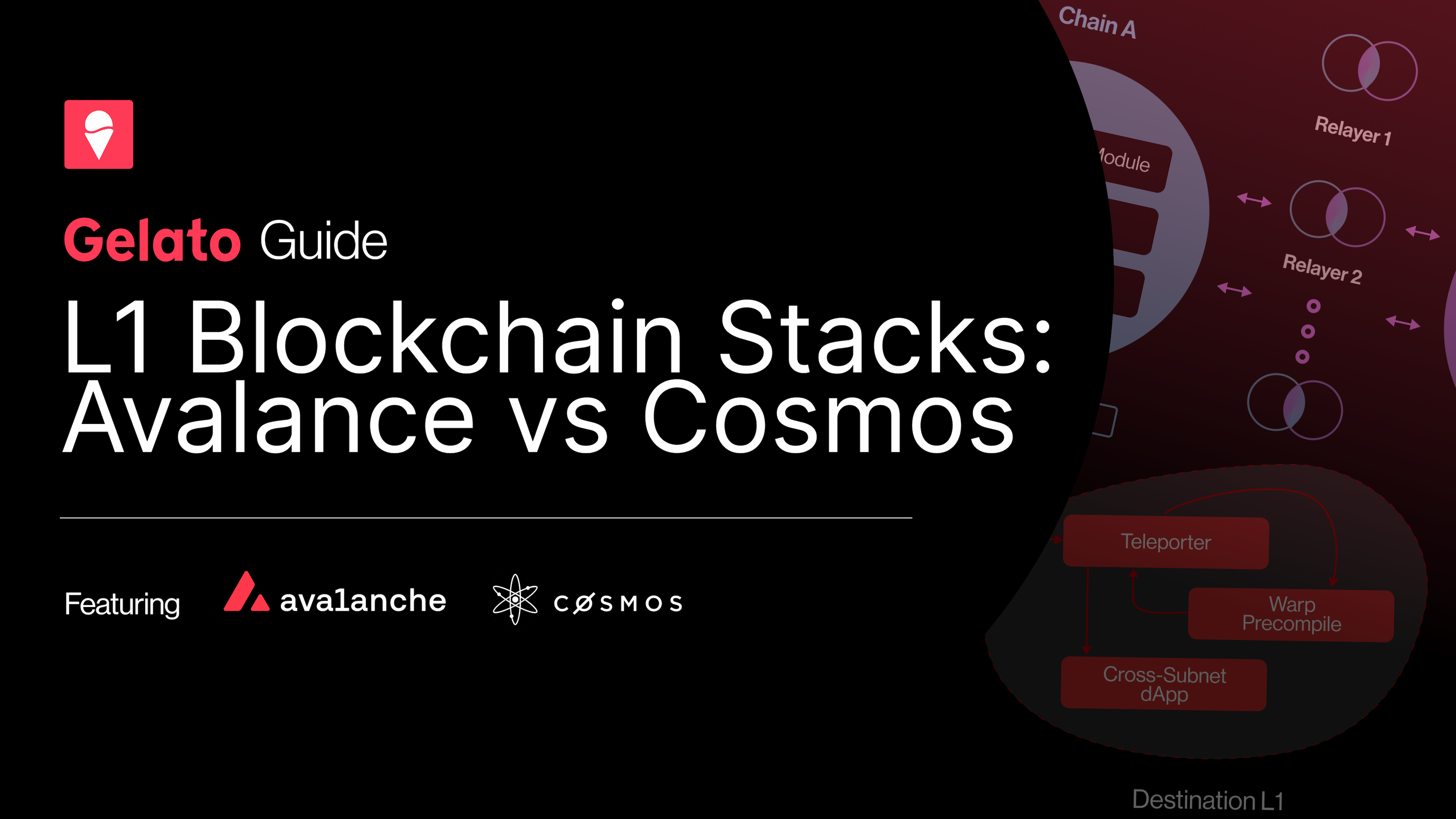Avalanche's Market Cap Outpaces Cosmos by Billions Amidst Divergent Scaling Strategies

A recent social media post by user davidfeiock highlighted a significant disparity in the market capitalization between two prominent blockchain platforms, Avalanche (AVAX) and Cosmos (ATOM). The tweet, which simply stated, "> AVAX: $11B ATOM: $2B Why?", underscored a market valuation gap of approximately $9 billion, prompting questions about the underlying factors driving this difference. As of recent data, Avalanche's market capitalization stands around $10.5 billion, while Cosmos's ATOM token hovers between $1.8 billion and $2.6 billion, reflecting distinct approaches to blockchain scalability and interoperability.
Avalanche, known for its high-performance and Ethereum Virtual Machine (EVM) compatibility, positions itself as an ultra-fast, low-latency platform for decentralized applications (dApps). Its architecture, featuring three core blockchains (X-Chain, C-Chain, P-Chain) and the innovative "Subnet" framework, allows for the creation of customizable, application-specific blockchains. This design enables near-instant transaction finality, often under one second, and supports thousands of transactions per second, attracting projects seeking high throughput and low fees. Recent developments, including partnerships with major financial institutions like JP Morgan and Citi for real-world asset (RWA) tokenization, have bolstered its enterprise adoption and market confidence.
In contrast, Cosmos champions the vision of an "Internet of Blockchains," focusing on seamless interoperability between independent, sovereign blockchains, or "zones," via its Inter-Blockchain Communication (IBC) protocol. The Cosmos SDK provides a modular framework for developers to build these application-specific blockchains, powered by the Tendermint Byzantine Fault Tolerant (BFT) consensus mechanism, which also offers fast finality. While Cosmos aims to enable a vast ecosystem of interconnected chains, the direct value accrual to its native ATOM token has historically been a point of discussion.
The disparity in market capitalization can be attributed to several factors. Avalanche's direct EVM compatibility and emphasis on high transaction speeds make it a more immediate and familiar alternative for developers and users migrating from or expanding beyond Ethereum. Its "Subnet" model offers a clear, tangible scaling solution that resonates with investors seeking dedicated blockchain environments for specific use cases, including gaming and enterprise solutions. The recent high-profile collaborations and the burning mechanism of AVAX tokens, which introduces deflationary pressure, further contribute to its perceived value.
Cosmos, while foundational to the concept of interoperability, has faced challenges in demonstrating direct value accrual to the ATOM token, as its strength lies in enabling the broader ecosystem of independent chains. However, recent initiatives like Cosmos 2.0, which introduces liquid staking, interchain security, and interchain allocators, aim to enhance ATOM's utility and economic model. These upgrades are designed to centralize security and value within the Cosmos Hub, potentially narrowing the market cap gap in the future by making ATOM a more integral part of the interchain economy.